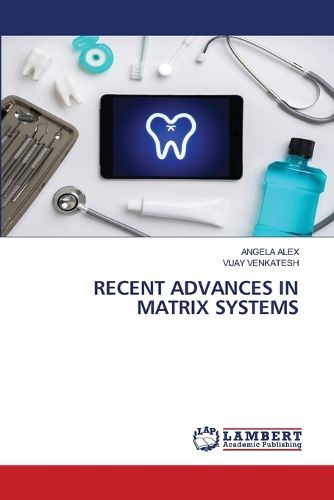Readings Newsletter
Become a Readings Member to make your shopping experience even easier.
Sign in or sign up for free!
You’re not far away from qualifying for FREE standard shipping within Australia
You’ve qualified for FREE standard shipping within Australia
The cart is loading…






This title is printed to order. This book may have been self-published. If so, we cannot guarantee the quality of the content. In the main most books will have gone through the editing process however some may not. We therefore suggest that you be aware of this before ordering this book. If in doubt check either the author or publisher’s details as we are unable to accept any returns unless they are faulty. Please contact us if you have any questions.
In recent times, composite resin has replaced dental amalgam as the posterior restorative material of choice, although persistent challenges are still encountered by the practitioner, primarily due to material properties and armamentarium. As a result of the complexities involved with the placement of composite resin in the posterior dentition, novel developments in matrix system technology have emerged, such as improvements in matrix design and interdental separation techniques. These innovations have allowed the dentist to achieve the most advantageous proximal contact surfaces and anatomically correct contours. Depending on the feasibility, knowledge and skills, it is for the operator to decide appropriate matrix system to corroborate composites with natural contacts and contours and to finally improve the longevity of composite restorations. Selection of the matrix should be based on its ease of use and efficiency to provide the optimum contacts and contour. A number of dental companies have come up with wide range of products that claim to reproduce the lost natural contacts and contours. Thus, this book aims to summarize a few of the latest matrix systems available.
$9.00 standard shipping within Australia
FREE standard shipping within Australia for orders over $100.00
Express & International shipping calculated at checkout
This title is printed to order. This book may have been self-published. If so, we cannot guarantee the quality of the content. In the main most books will have gone through the editing process however some may not. We therefore suggest that you be aware of this before ordering this book. If in doubt check either the author or publisher’s details as we are unable to accept any returns unless they are faulty. Please contact us if you have any questions.
In recent times, composite resin has replaced dental amalgam as the posterior restorative material of choice, although persistent challenges are still encountered by the practitioner, primarily due to material properties and armamentarium. As a result of the complexities involved with the placement of composite resin in the posterior dentition, novel developments in matrix system technology have emerged, such as improvements in matrix design and interdental separation techniques. These innovations have allowed the dentist to achieve the most advantageous proximal contact surfaces and anatomically correct contours. Depending on the feasibility, knowledge and skills, it is for the operator to decide appropriate matrix system to corroborate composites with natural contacts and contours and to finally improve the longevity of composite restorations. Selection of the matrix should be based on its ease of use and efficiency to provide the optimum contacts and contour. A number of dental companies have come up with wide range of products that claim to reproduce the lost natural contacts and contours. Thus, this book aims to summarize a few of the latest matrix systems available.